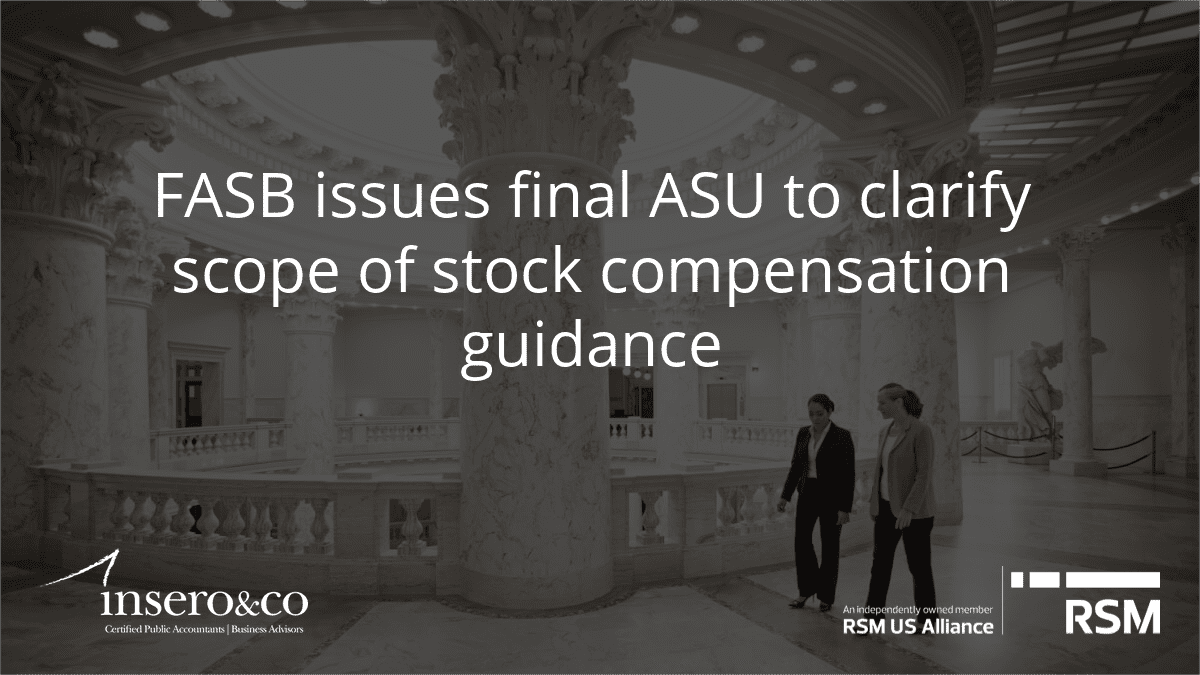Employer contributions to participant 401(k) plan accounts are typically high on the list of expense-cutting options when times are tough. Plan sponsors facing dire straits may have little choice but to suspend contributions. During the 2008–2009 financial crisis, employer matching contributions processed by one of the largest recordkeepers in the business fell by 12%. Today, a similar pattern is unfolding.
Plan sponsors need to weigh the pros and cons before making a decision, in the context of other cost-cutting alternatives they might have. Here are some of the considerations to be taken into account.
Pros and cons
One positive of contribution suspensions, of course, is freeing up cash to pay bills that absolutely must be paid, including payroll. In a perfect world, contribution suspensions would be a rare event. Another possible “pro” factor, or at least an incidental upside, is that, if you suspend contributions now, after the initial participant shock wears off (and you’re able to resume contributions in a few months), any future contribution suspension might be less traumatic.
With regard to matching contributions, the top risk on the “con” side of the ledger is that employee morale may take a hit at a time when you need employees to be as motivated as ever to help see you through the current economic rough patch. There’s also the chance that some participants will follow your lead and suspend their own deferrals and then fail to resume them even when times get better. That would be a double whammy to retirement preparedness.
Safe harbor plan considerations
Plan sponsors with safe harbor plans could face a different challenge if their primary contributions are nondiscretionary and are needed to avoid being subject to nondiscrimination testing. Suspending those contributions will, by the very nature of a safe harbor plan, subject your plan to nondiscrimination testing, and possibly flunking the tests. If that happens, voluntary deferrals by higher paid employees would need to be reduced significantly (and potentially returned to them) to clear the nondiscrimination testing hurdle.
An additional “con” for safe harbor plans is the need to amend the plan document to reflect the change, and wait until the subsequent plan year to put the suspension into effect. However, a midyear contribution suspension may be possible if two conditions are met:
- Before the beginning of the plan year, your safe harbor notice to participants stated the possibility of a midyear contribution reduction or suspension, and
- The company has been operating at a loss.
Safe harbor plans that drop their safe harbor status must amend their plan documents to require nondiscrimination testing. You’ll need to make another plan amendment to return to safe harbor status in the future.
Communicate clearly
If you’re giving serious consideration to a contribution suspension, how you communicate the decision is key to blunting the potential participant dismay. In general, it’s good to cover why the decision was made and what other measures are being taken to address the company’s financial strains. Finally, explain whether you anticipate restoring the contributions down the road.
But in communicating your intentions, be careful not to make it sound like a promise — the future is impossible to predict. Be clear about what conditions will be required before contributions can be restored to help avoid any unrealistic expectations among participants.
Sponsors of non-safe harbor 401(k) plans also have notification obligations for planned contribution reductions and participants must be given at least a 30-day heads up. In theory, this gives them the opportunity to increase their own deferrals to offset the loss of the employer match.
Looking ahead
On a historical note, according to one survey, 75% of suspended and reduced 401(k) plan contributions that occurred during the 2008–2009 financial crisis were restored when the crisis abated. Remember, suspensions don’t have to be permanent — it’s in both the sponsors’ and employees’ best interests to restore matching contributions when the financials make sense.
As always, we hope you enjoy this edition of our newsletter and we look forward to receiving your feedback. Should you have any questions regarding the information contained in the attached materials or our Employee Benefit Plan Services, please feel free to contact me directly.
Want to learn more?
Join our Employee Benefit Plan Resources group on LinkedIn for more frequent updates on recent developments and best practices and discuss related topics with your peers.




